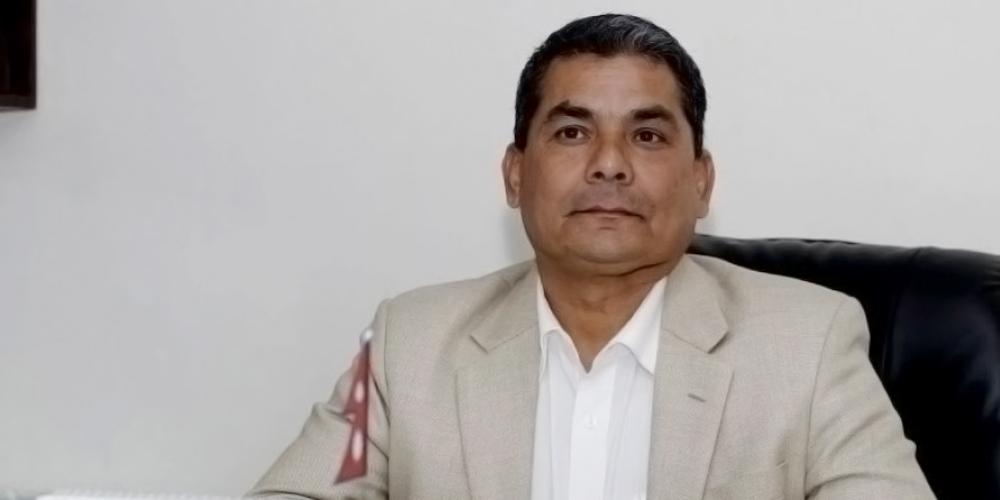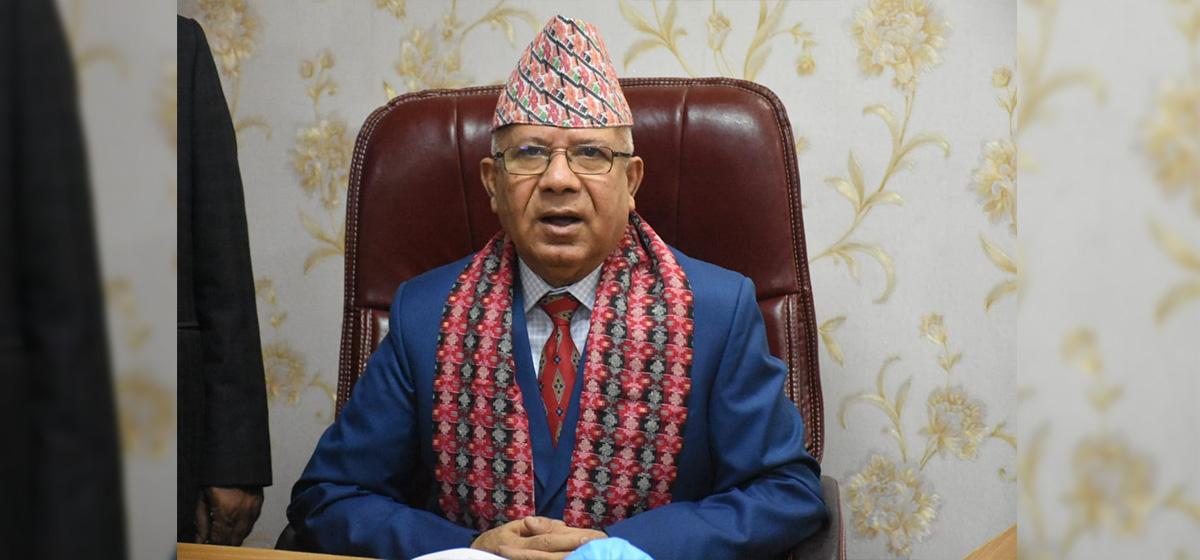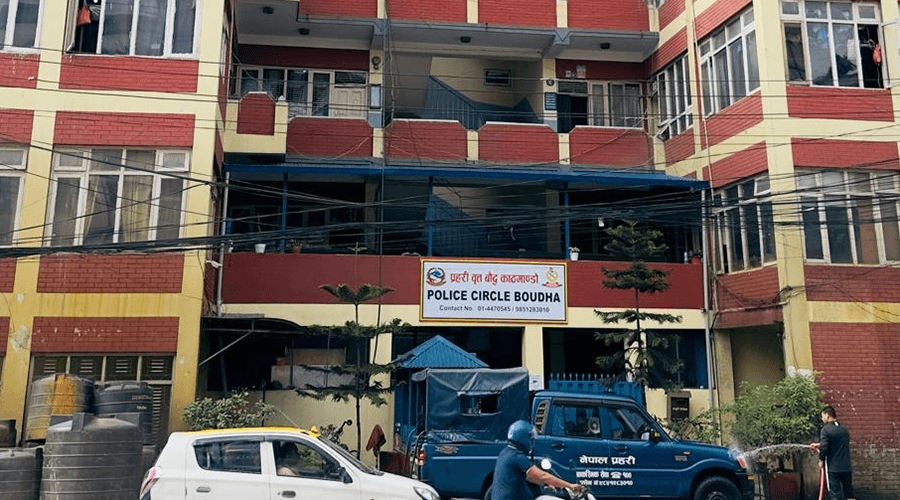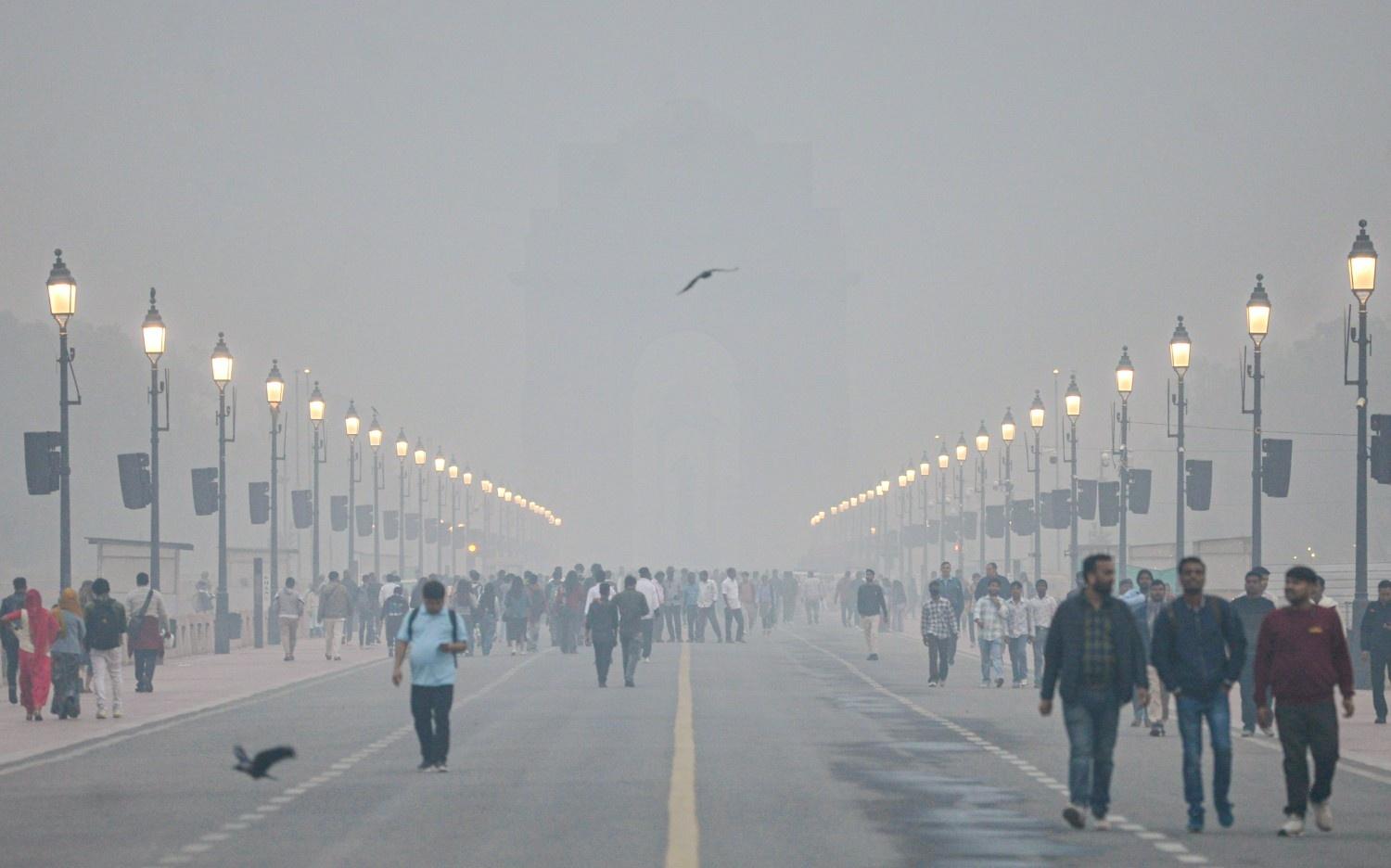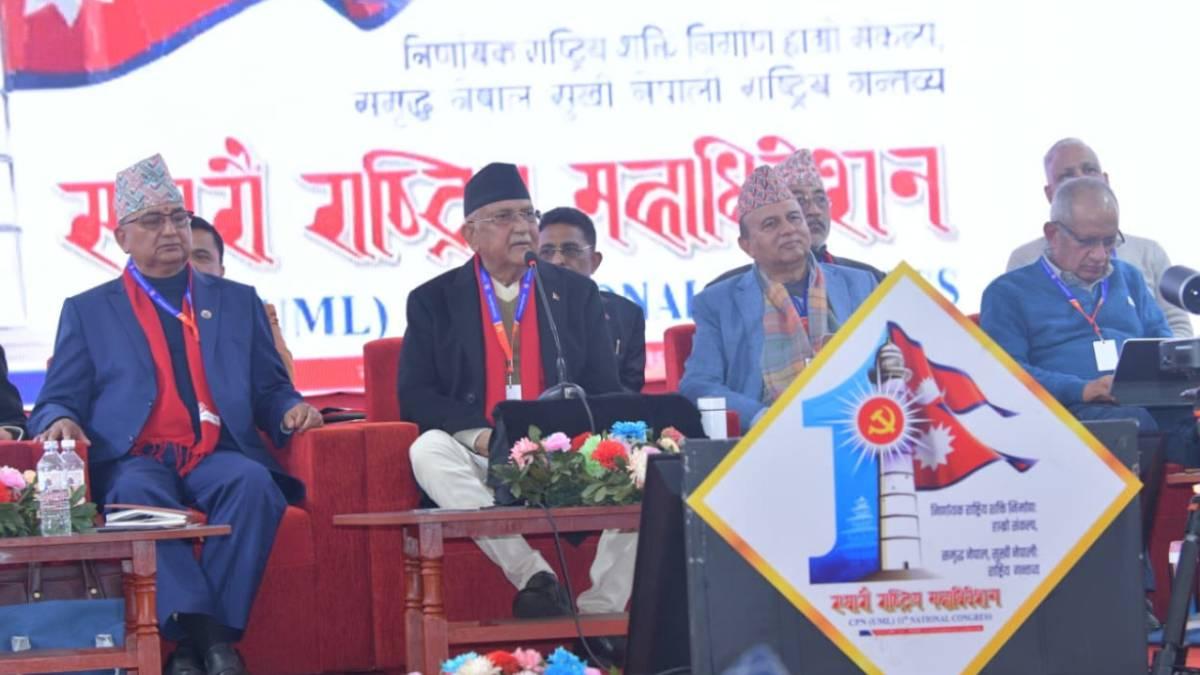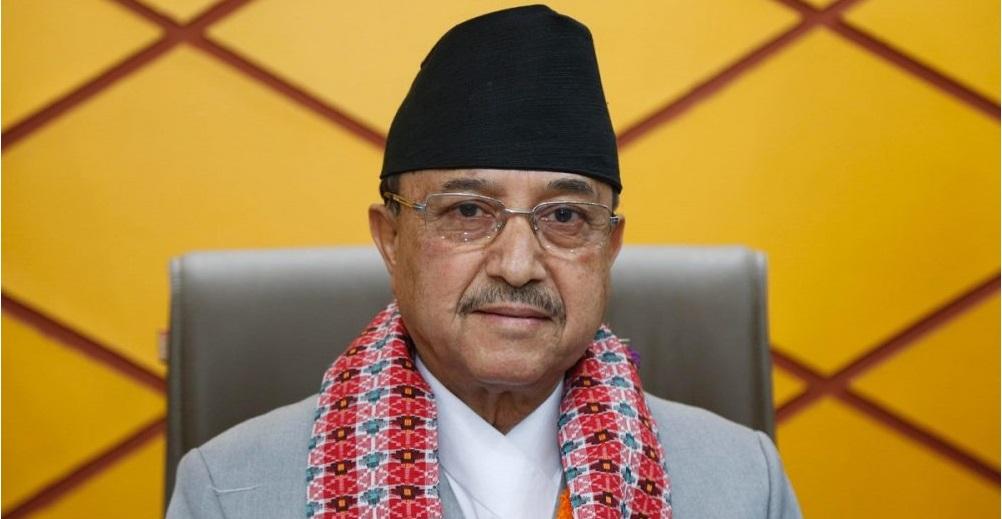A stone’s throw away from the buspark at Khalanga Bazaar, the district headquarters of Darchula in Sudurpaschim province, the construction of an embankment has been going on for some days, apparently in a fresh effort to tame the mighty Mahakali river. The district administration is quite worried over this new development along with local people.
Nepal Verified News
Sun May 04 2025

A stone’s throw away from the buspark at Khalanga Bazaar, the district headquarters of Darchula in Sudurpaschim province, the construction of an embankment has been going on for some days, apparently in a fresh effort to tame the mighty Mahakali river.
The district administration is quite worried over this new development along with local people.
A bend and a territorial loss
According to Mohan Singh Dhami, assistant chief district officer of Darchula, a rain-swollen Mahakali, a border river between Nepal and India along several stretches, changed its course 11 years ago and started flowing closer through the Khalanga Bazaar, 'leaving' a swathe of the Nepali territory across the river stretch.
“We have an embankment protecting the bazaar, while a parcel of our land lies across the river after it changed its course. According to some estimates, the parcel is about 50 ropanis. More than the area of the land, it is a matter of national sovereignty.”

The fixed-boundary principle
During the rainy season, like many other rivers, the Mahakali gushes and changes course whereas during the dry months, its flow goes down, leaving a wide expanse of banks.
The Nepal-India Joint Technical Committee worked on border disputes from 1981 till 2006 with a common understanding that the fixed-boundary principle should apply in cases where rivers act as borders between the two countries, according to assistant CDO Dhami.
The Indian side started constructing an embankment on that territory about three years ago, according to the government official. “Subsequently, we wrote to the district magistrate of the Indian state (Uttarakhand) against the construction work. Later, a team from the Survey Department of Nepal and officials from the State Survey Department of India conducted a joint inspection and reached an understanding to not move ahead with the construction work in view of the 'dispute'. On other stretches, the Indian side continued with its embankment construction work.”
When the Indian side restarted construction work along the stretch, we again wrote to the DM on March 23, 2025, drawing his attention toward the matter, Dhami says: But they did not stop their work.
Following this, the (district) security committee has sent a written communication to the central government, asking for resolution of this problem at the diplomatic level.
In response to a question regarding the violation that coincides with a weeklong visit of the Chief Minister of Sudurpaschim Province to India, assistant CDO Dhami said: We cannot comment on political matters. But the embankment construction work precedes the visit, well before March 23, 2025.
Where’s the Nepali state?
It’s the district headquarters and the Center has a presence here along with all four security organs and the civil society, Dhami points out.
Still, the territorial violation continues even as the Center continues to maintain a mysterious silence, studied or otherwise.
Asked if, at this rate, the district administration office of Nepal will also fall on the other side of the border some day, assistant CDO Dhami says: We have an embankment built on the edge of the river on our side, so that may not happen.
Will diplomacy work?
After the floods that occurred about 11 years ago (in 2070 BS), they (the Indian side) too started building an embankment like we did. A dispute has arisen since they started building the structure on the territory that was on our side before the river changed its course. The fixed-boundary principle is based on the coordinates, the latitude and the longitude, it means the border remains where it was earlier even when a river changes its course.
Since the joint technical committee has also agreed on the fixed-boundary principle, it is necessary to raise this issue on the premise of fixed-boundary principle through diplomatic channel and resolve it, says assistant CDO Dhami.
Will diplomacy, also called the art of the impossible, work in this case? Our world-class mandarins at the Ministry of Foreign Affairs know better, of course.
No comments yet
